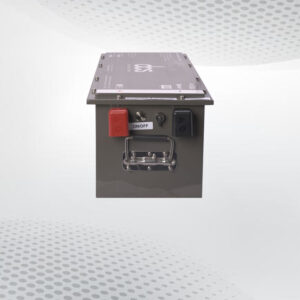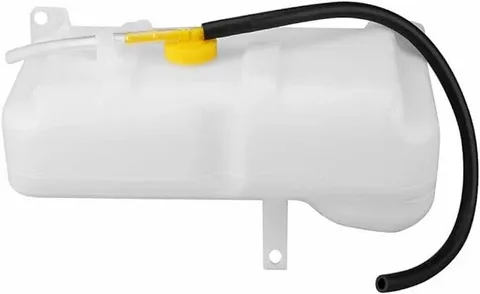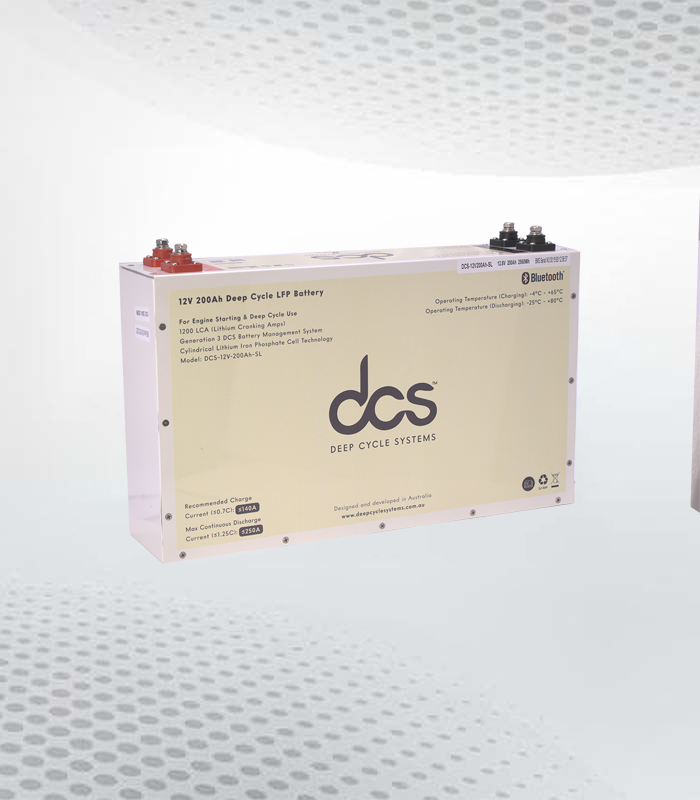In today’s world, where we spend the majority of our time indoors, the quality of the air we breathe in our homes is crucial to our health and well-being. Poor indoor air quality can lead to various health issues, including allergies, respiratory problems, and even more serious conditions. This is where home ventilator comes into play. House ventilators are designed to improve indoor air quality by ensuring fresh and healthy airflow throughout your home. In this blog post, we will explore the different types of house ventilators available on the market, how they work, and why they are essential for a healthy home environment.
The Importance of Good Indoor Air Quality
The significance of maintaining superior indoor air quality cannot be overstated, especially given that the air within our homes can often harbour more pollutants than the air outside. Neglecting indoor air quality has far-reaching ramifications, with potential outcomes ranging from minor irritations such as allergies to more serious concerns like respiratory issues and asthma. These health complications emphasise the necessity for efficient ventilation solutions, such as house ventilators, which are pivotal in circulating fresh air and eliminating pollutants from indoor environments.
Ensuring a constant influx of clean air mitigates the risk of health problems and contributes to overall well-being and comfort within the home. It’s an investment in the health of occupants, reinforcing the essential nature of house ventilators in fostering spaces where air quality is an afterthought and a priority.
How House Ventilators Work to Improve Airflow
House ventilators enhance home air quality by exchanging stale, contaminated indoor air with fresh, clean outdoor air. This process is fundamental to creating a conducive living atmosphere, free from pollutants and allergens that can compromise health. Mechanical systems achieve this through fans that actively push polluted air out and draw fresh air in, thereby maintaining a constant, healthy air circulation.
On the other hand, natural ventilation systems leverage the natural flow of air, utilising strategically placed vents, windows, and other openings to allow air to move in and out of the home passively. These mechanisms ensure that indoor spaces remain well-ventilated, reducing indoor pollutants and moisture concentrations, common precursors to mould growth and respiratory issues.
House ventilators play a pivotal role in preserving indoor air quality by facilitating an efficient exchange of air. This ensures homes are not only comfortable but also supportive of the occupants’ health.
Types of House Ventilators Available on the Market
Navigating through the diverse range of house ventilators on the market reveals a variety of systems designed to cater to distinct household requirements and environmental conditions. Among the most prevalent types are energy recovery ventilators (ERVs) and heat recovery ventilators (HRVs), adept at minimising energy loss while ensuring the influx of fresh air.
ERVs stand out for their ability to transfer moisture and heat between incoming and outgoing airstreams, making them particularly suitable for climates with extreme temperatures and humidity. Conversely, HRVs focus solely on heat exchange, which is ideal for colder regions where retaining indoor warmth is paramount.
Additionally, supply ventilation systems merit consideration for their straightforward approach to introducing fresh air. By pressurising the home, these systems force out stale air while drawing in new from the outside, effectively reducing pollutants and improving overall air quality. These systems can be particularly beneficial in homes where natural ventilation is insufficient or not feasible due to external environmental factors.
Each ventilator type embodies specific features designed to address different air quality and climate challenges, underscoring the importance of assessing one’s needs before selecting. While ERVs and HRVs offer high efficiency in energy conservation and climate control, supply ventilation systems provide a simpler yet effective solution to air quality concerns, highlighting the diverse solutions available to homeowners seeking to enhance their indoor atmosphere.
Mechanical Ventilators: Efficient and Reliable Solutions
Mechanical ventilators stand at the forefront of enhancing indoor air quality, providing a steadfast and productive means to constantly influx fresh air into homes. These systems, powered by fans, are pivotal in mitigating the accumulation of pollutants and allergens, particularly in settings where natural airflow is limited or external air quality is compromised. Their operation involves a strategic exchange of indoor and outdoor air, meticulously filtered to remove impurities before entering living spaces.
This not only bolsters the overall health atmosphere within the dwelling but also significantly reduces the reliance on air conditioning units, offering a sustainable alternative to traditional temperature control methods. Mechanical ventilators’ adaptability allows for integration into a diverse array of home designs, making them a versatile choice for homeowners. Opting for such a system can lead to marked improvements in air purity, rendering these ventilators indispensable in the quest for a healthier home environment.
Natural Ventilation Systems: Cost-Effective Fresh Air
Natural ventilation systems represent an economically viable option for enhancing the air quality within one’s abode. Relying on the natural movement of air, these systems harness wind and thermal buoyancy to facilitate the exchange of indoor and outdoor air. Such a setup is particularly advantageous in regions enjoying a temperate climate, where the reliance on mechanical systems for ventilation can be significantly reduced.
Incorporating features like operable windows, vents, and other openings, these systems allow for the passive flow of air, effectively diminishing the concentration of indoor pollutants without needing powered intervention. The appeal of natural ventilation extends beyond its simplicity; it underscores a commitment to reducing energy use, appealing to environmentally conscious homeowners who prioritise sustainability alongside indoor air quality.
The integration of natural ventilation strategies can be tailored during the design phase of a home or retrofitted to accommodate existing structures, offering flexibility to a wide range of housing needs. This approach not only aligns with efforts to curtail energy expenditure but also enhances the living environment in an economically and ecologically sound manner, making it an attractive option for those looking to imbue their homes with fresh, invigorating air.
Installation Considerations for Home Ventilator
When planning the installation of a home ventilator, several key factors must be considered to ensure optimal performance and integration into your home. Firstly, it is imperative to assess the specific ventilation needs of your household, taking into account the size of your home, the number of occupants, and any unique environmental challenges it may face. This initial step will guide you in selecting a ventilator that is adequately sized and suited to your requirements.
Next, the placement of the ventilator warrants careful consideration. For mechanical systems, it is crucial to identify locations where air can be efficiently distributed throughout the house while ensuring that exhaust outlets are positioned to prevent the re-entry of contaminated air. For natural ventilation systems, the focus shifts to optimising the layout of windows, vents, and openings to facilitate the effective passive flow of air.
The expertise of a professional installer can be invaluable in this process. They can offer insights into the best installation practices and ensure that the system complies with local building codes and regulations, which is particularly important when modifying existing structures. Additionally, they can highlight any potential challenges, such as structural impediments or the need for additional ductwork that may affect the installation process.
Finally, it’s important to consider the ventilator’s future accessibility for maintenance purposes, ensuring that filters and other components are easily reachable. Prioritising these considerations during the installation phase can significantly enhance your home ventilation system’s efficiency, effectiveness, and longevity.
Maintenance Tips to Keep Your Ventilator Running Smoothly
Committing to a regular maintenance routine is imperative to guarantee the enduring efficiency and functionality of your house ventilator. An essential aspect of this is the periodic cleaning or replacement of filters, which play a crucial role in maintaining air purity. Neglecting this task can lead to reduced air quality and increased strain on the system. Inspecting your unit for signs of wear and potential damage is also recommended to pre-empt any major repairs or system failures.
Engaging a qualified professional to conduct an annual system inspection is advisable. This ensures that any issues are identified and rectified promptly and helps optimise the system’s performance. Adhering to these maintenance practices will contribute significantly to the longevity of your ventilator, sustaining the delivery of clean, healthful air within your home.
The Environmental Impact of Using House Ventilators
The utilisation of house ventilators extends beyond the confines of individual well-being, presenting a broader benefit to our planet’s health. These devices significantly curtail energy consumption by optimising air exchange and reducing the reliance on energy-intensive heating, cooling, and air-purifying systems. This reduction in energy use directly correlates with a decrease in greenhouse gas emissions, a critical factor in the fight against climate change.
Furthermore, the enhanced air quality facilitated by ventilators contributes to decreased health-related issues, potentially reducing the environmental footprint associated with healthcare services. It’s a ripple effect—improved indoor air quality leads to healthier inhabitants, which reduces energy and resource consumption.
Consequently, integrating a house ventilator into one’s home is not merely a personal health decision but also an environmentally conscious one, reflecting a commitment to sustainable living practices that benefit both the occupant and the global environment.
Conclusion
Choosing the right house ventilator is a step towards safeguarding the air quality within your living spaces and enhancing your overall health and comfort. The options available, from mechanical systems to natural ventilation solutions, cater to varied preferences and requirements, allowing for a tailored approach to achieving optimal indoor air quality. By addressing installation considerations and adhering to recommended maintenance practices, homeowners can maximise the efficiency and longevity of their chosen ventilation system. Additionally, the environmental benefits of using house ventilators align with broader sustainability goals, reflecting a responsible choice for personal and planetary well-being.
FAQS
Q: How do I know if my home needs a house ventilator?
A: If you’re experiencing issues such as persistent odours, humidity problems, mould growth, or poor natural ventilation in your home, a house ventilator might be necessary. It’s also advisable for homes in areas with high outdoor pollution levels or for individuals with allergies or respiratory conditions.
Q: Can house ventilators help reduce energy costs?
A: Yes, by improving the efficiency of your home’s heating and cooling systems. Ventilators like ERVs and HRVs minimise energy loss by recovering heat or coolness from the expelled air. However, the savings can vary depending on your climate, home layout, and the type of ventilator installed.
Q: Are house ventilators difficult to install?
A: The complexity of installation can vary. Natural ventilation systems might require changes to window placements or the addition of vents, whereas mechanical systems may need more extensive work, including duct installation. It’s generally recommended to seek professional advice and installation services to ensure optimal performance.
Q: How often do house ventilators require maintenance?
A: Maintenance needs can differ based on the type of ventilator. Mechanical systems typically require frequent checks, including filter replacements and inspections of fans and ductwork. Natural systems may need less maintenance, but ensuring vents and openings remain clear and unobstructed is still important.
Q: Can house ventilators improve sleep quality?
A: Absolutely. By reducing pollutants, allergens, and humidity levels in your bedroom, house ventilators can create a more comfortable sleeping environment, potentially improving sleep quality for the occupants.




